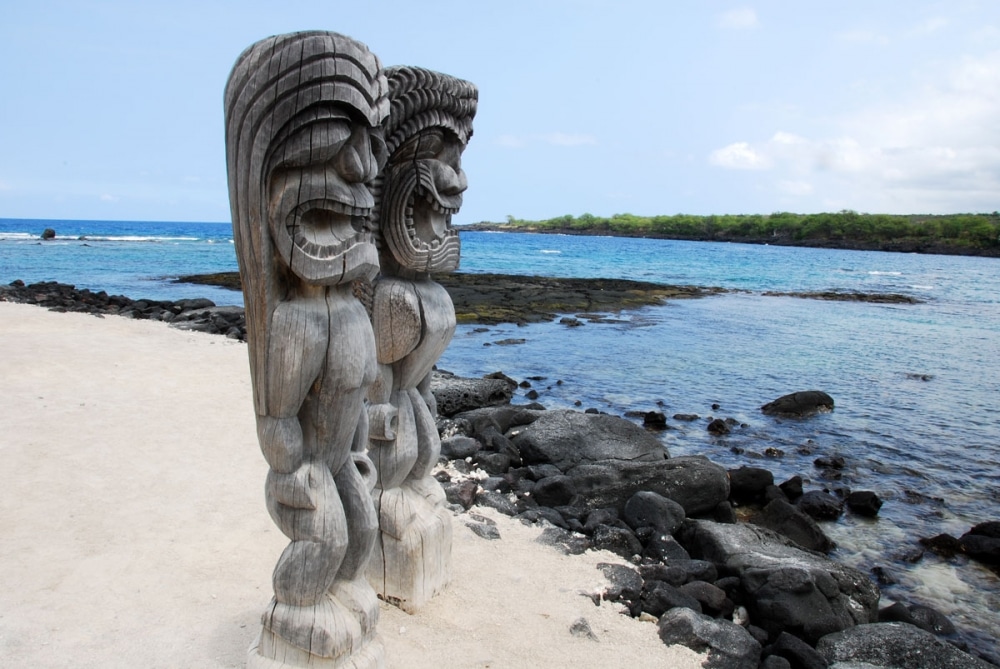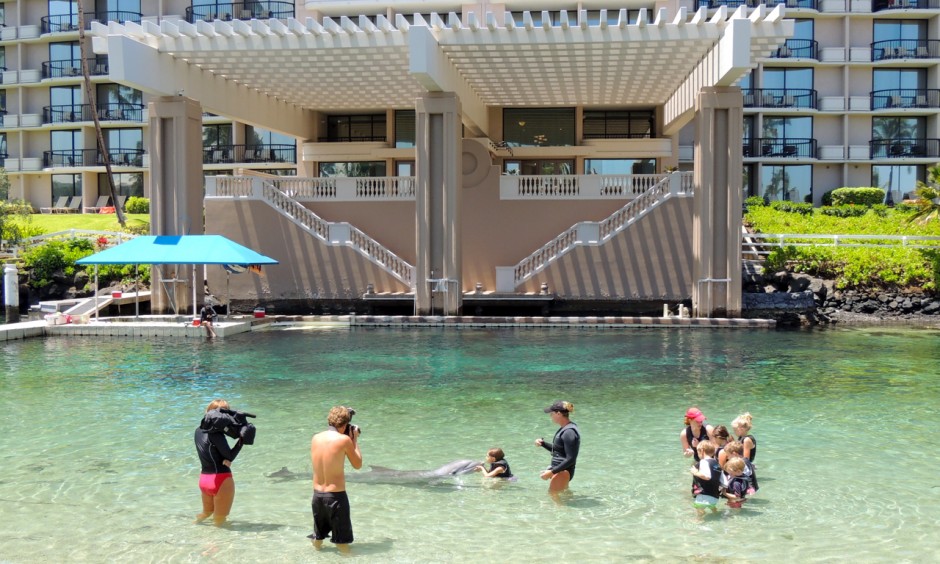I taught my first class this past Tuesday. It is a large lecture section of seventy students, in a course titled “Globalization and Labor.” It was the first time I was in a classroom like this since 2001. I was nervous about it. Lectures to prepare, exams to grade, hassles to deal with. The paperwork I have to do just to get paid is remarkable. Do this, fill this out, go here, get this. Then I am told it might take awhile for me to “get into the system.” I’m only here for five months, so I hope that first check comes before I leave. The University of Massachusetts seems to be a particularly bureaucratic organization, but maybe I’m not remembering how bad the University of Pittsburgh was. The class went fine, though. About seventy students, but I have two graduate assistants, the first time in my life I have ever had help for a class.
When we have committed to be in a place for awhile, it isn’t long before we start talking about places we have been. It was just a year ago that we left our cottage in Estes Park. Before settling in Tucson for a few months, we were on the road for 157 days, from August 30, 2006 until February 3, 2007. We spent the first ten days in Wyoming: Laramie, Cheyenne, Sundance, Sheridan, and Thermopolis. Despite the fact that the state is the home of Dick Cheney, Wyoming is worth spending some time exploring. It is our least populated state, and the barren, harsh, almost spectral landscape tells you why. If you visit, here are some things worth seeing:
Laramie:
Laramie is the home of the University of Wyoming, a pleasant mid-sized town with a couple of bookstores (I liked 2nd Story Books on East Ivinson St.), some healthy restaurants (try Sweet Melissa, a vegetarian restaurant along the railroad tracks downtown), a decent farmers’ market in summer and fall, and, of course the university, not the prettiest campus I’ve ever seen but attractive enough. The art museum at the University is excellent. We saw an exhibit about Chinese immigrants in the west. In all sorts of places where you won’t find them now (often they were forcibly evicted in waves of anti-Chinese hysteria), there were Chinese people building roads and railroads, working in mines, operating small shops, and living as best they could in a hostile environment. The television show Deadwood, on HBO, gives a good depiction of how whites treated Chinese on the frontier (see Iris Chang’s book, The Chinese in America, for details). Another unsavory and hidden part of our history. Let us struggle to see that it is not repeated with recent immigrants from Mexico. In Laramie we stayed at the nicest Days Inn we have ever seen, with a spacious and clean room and a moderate price.
Cheyenne:
Laramie is at an elevation of more than 7,000 feet, and there are mountains around it. To the west is the Snowy Range; there is a scenic drive through it. Cheyenne, the state capitol is about fifty miles east, but it is in an entirely different world. The drive from Laramie drops you in elevation considerably; by the time you get to Cheyenne, you are pretty much on the plains. [Between Laramie and Cheyenne, there is an area of beautiful rock formations called Vedauwoo (http://www.vedauwoo.org/), popular with climbers. Definitely worth a stop.] Cheyenne doesn’t offer a whole lot to visitors. Maybe we were there at the wrong time; it was the Labor Day weekend and everything was closed, including the capitol complex and some museums. The Days Inn here was close to the railroad tracks and not attractive at all. There is a good visitors’ center/museum, again by the tracks but in the center of the city next to a park that hosts a good farmers’ market on summer Saturdays. Get a walking tour map and see what sights there are, what is left of Cheyenne’s past as a railroad center and cowboy town. The biggest event here is the annual rodeo, part of the “Frontier Days” celebration held in mid July (http://www.cfdrodeo.com/index.aspx). Maybe if I had been born in the west, I’d appreciate rodeo, but I went to one in Estes Park and it didn’t do much for me. There is a lot of skill involved in staying on a crazed and jumping bull for even thirty seconds. But the whole thing seemed cruel to the animals. I was amused seeing young women riding around the track waving advertising banners. And the rodeo clown kept up a banter of silly jokes while he avoided getting trampled by bulls and horses. Then during a break in the action, a group of kids about six years old were paraded out to ride sheep in the “mutton-busting” event. A sad spectacle indeed, made all the sadder when a friend told me that his father had made him do this when he was five and the whole thing frightened him to death. Throughout the rodeo, patriotic themes abounded, but this wasn’t much different than other sporting events. What bothered me the most I suppose is that these rodeos act as if there are still plenty of cowpokes roaming the range, dodging the tumble weeds. We’ve seen a few of them, but the entire heyday of the cowboy on the range didn’t last very long. Still the myth, tied as it is to the romance of the west (which helps erase the truth of extermination of Indians, rapacious capitalist development, and racism – plenty of cowboys were black, exploited like all wage workers but facing racism as well), lives on for the generally uninformed and gullible tourists.
Sundance:
Sundance is in the northeast corner of Wyoming. We drove there from Cheyenne, stopping to see the pioneer wagon wheel ruts and “Register Cliff” near Guernsey. As people moved west along the Oregon trail, the Mormon Trail, and others, the wheels of their heavily loaded wagons dug ruts into the rocky ground, and you can see them here (go to http://www.trailsandgrasslands.org/register.html for directions). Close to the North Platte River here there are sandstone cliffs bearing the carved names of some of the trailblazers. Look for the name of Alva H. Unthank (what a great last name!). The aforementioned website says this about him:
Perhaps one of the sadder stories is that of Alva H. Unthank, a boy of 19 who passed by here in 1850. You’ll note the date, just one year after the ’49-ers had created a sensation. Alva intended to make his fortune in the gold fields of California. When passing Register Cliff, he dutifully carved his name, as did so many others.
Several days later he felt a little queasy in the morning, somewhat ill by afternoon and was being buried the following day. For Alva had fallen prey to cholera, a fairly common happenstance on the Oregon and California Trails. He made it as far as Casper before succumbing to the virulent disease, and his grave site can supposedly still be found there.
We drove into the town of Gillette to look for a room for the night, figuring that we’d drive to Sundance the next day. But motels were expensive and full there. Gillette is a coal boomtown, and workers who can’t find housing live in motels, as do workers spending short periods of time there. Along the highway near Gillette there is an overlook from which you can see one of the giant strip mines with their gigantic machines (there is a tire from one of these at the overlook about twelve feet tall). A more ruinous site it is hard to imagine – the earth just gouged away and the coal mercilessly stripped out, leaving behind an enormous pit that the mining company will “reclaim” for us. In less than a minute a truck is loaded with coal. Soon train cars will be full of coal and waiting in line in a train traffic jam until the tracks are clear for it to move. A few years of high wages, enough taxes to make the state think it is rich, another decade of energy waste, more polluted air, another environmental disaster. Between coal strips and gas wells, Wyoming is well on its way to looking like the western version of parts of Appalachia. But as one official put it:
“There’s still coal underneath the land and sometime in the future, that coal has the right to be mined,” said Commissioner Alan Weakly, a former mining engineer. “What I am saying is there are areas where people will build and in the future they will have to un-build.”
We left Gillette depressed and drove east to Sundance, in Wyoming’s part of the Black Hills, named for the famous bandit The Sundance Kid, who apparently got his nickname here. Throughout the west there are names you here over and over again. With his partner Butch Cassidy, Sundance seem to have hit every place east of the Mississippi. There is an arch named for Butch in Capitol Reef National Park in southern Utah, near a place where his gang hid from the law. Another name you see everywhere is Laura Ingalls Wilder (of Little House on the Prairie fame). Every state out west seems to have a Wilders family homestead!
We went to Sundance to see Devils Tower, which is less than an hour’s drive from town.
To be continued…









Alva Unthank is burried on the outskirts of Glenrock, not Casper. It is off the interstate across from the Dave Johnston Power Plant.
Thanks, Jamei. Very much appreciated. Michael